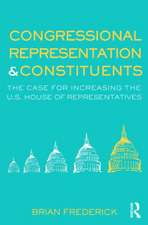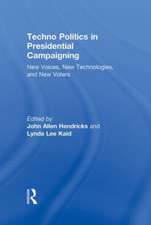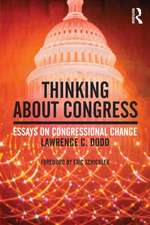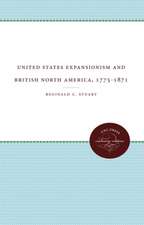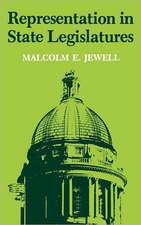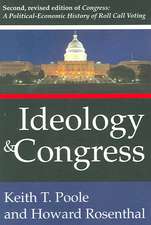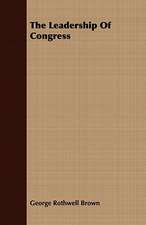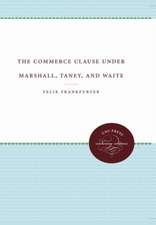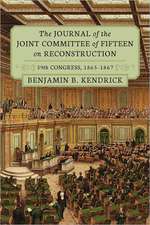Exceptions to the Rule
Autor Molly E. Reynoldsen Limba Engleză Paperback – 29 mai 2017
Most people believe that, in today's partisan environment, the filibuster prevents the Senate from acting on all but the least controversial matters. But this is not exactly correct. In fact, the Senate since the 1970s has created a series of special rules--described by Molly Reynolds as "majoritarian exceptions"--that limit debate on a wide range of measures on the Senate floor.
The details of these exemptions might sound arcane and technical, but in practice they have enabled the Senate to act even when it otherwise seemed paralyzed. Important examples include procedures used to pass the annual congressional budget resolution, enact budget reconciliation bills, review proposals to close military bases, attempt to prevent arms sales, ratify trade agreements, and reconsider regulations promulgated by the executive branch.
Reynolds argues that these procedures represent a key instrument of majority party power in the Senate. They allow the majority--even if it does not have the sixty votes needed to block a filibuster--to produce policies that will improve its future electoral prospects, and thus increase the chances it remains the majority party.
As a case study, Exceptions to the Rule examines the Senate's role in the budget reconciliation process, in which particular congressional committees are charged with developing procedurally protected proposals to alter certain federal programs in their jurisdictions. Created as a way of helping Congress work through tricky budget issues, the reconciliation process has become a powerful tool for the majority party to bypass the minority and adopt policy changes in hopes that it will benefit in the next election cycle.
Preț: 267.26 lei
Nou
51.15€ • 53.20$ • 42.22£
Carte tipărită la comandă
Livrare economică 14-28 aprilie
Specificații
ISBN-10: 0815729960
Pagini: 233
Dimensiuni: 152 x 229 x 18 mm
Greutate: 0.39 kg
Editura: BROOKINGS INSTITUTION
Textul de pe ultima copertă
Special rules enable the Senate to act despite the filibuster . . . sometimes.
Many believe that in today's partisan environment, the filibuster affects Senate action on all but the least controversial matters. But this is not entirely correct. In fact, the Senate since the 1970s has created a series of special rules--described by Molly Reynolds as "majoritarian exceptions"--that limit debate on a wide range of measures on the Senate floor.
The details of these procedures might sound arcane and technical, but in practice they enable the Senate to act even when it otherwise seems paralyzed. Important examples include procedures used to pass the annual congressional budget resolution, enact budget reconciliation bills, review proposals to close military bases, ratify trade agreements, and reconsider regulations promulgated by the executive branch--all issues that have captured the nation's attention with the advent of a new presidential administration.
Reynolds argues that these procedures represent a key instrument of majority party power in the Senate. They allow the majority--even if it does not have the sixty votes needed to block a filibuster--to take action that will improve its future electoral prospects.
Exceptions to the Rule examines the Senate's role in the budget reconciliation process, in which particular congressional committees are charged with developing procedurally protected proposals to alter certain federal programs in their jurisdictions. Since the early 1980s, the reconciliation process has become a powerful tool for the majority party to bypass the minority and adopt policy changes in hopes that it will benefit in the next election cycle.
Notă biografică
Cuprins
Contents:
Introduction
Limiting the Unlimited: Debate in the U.S. Senate
Obscuring the Causal Chain: Majoritarian Exceptions as a Blame Avoidance Tool
Employing the Exceptions: The Case of Budget Reconciliation
The Policy Consequences of Procedural Choice: Programmatic Change Using Budget Reconciliation
Facilitating Gain and Blocking Pain: Creating Executive Branch Oversight Exceptions
Conclusion
Appendix Tables
Notes
Works Cited
Acknowledgments
Index



